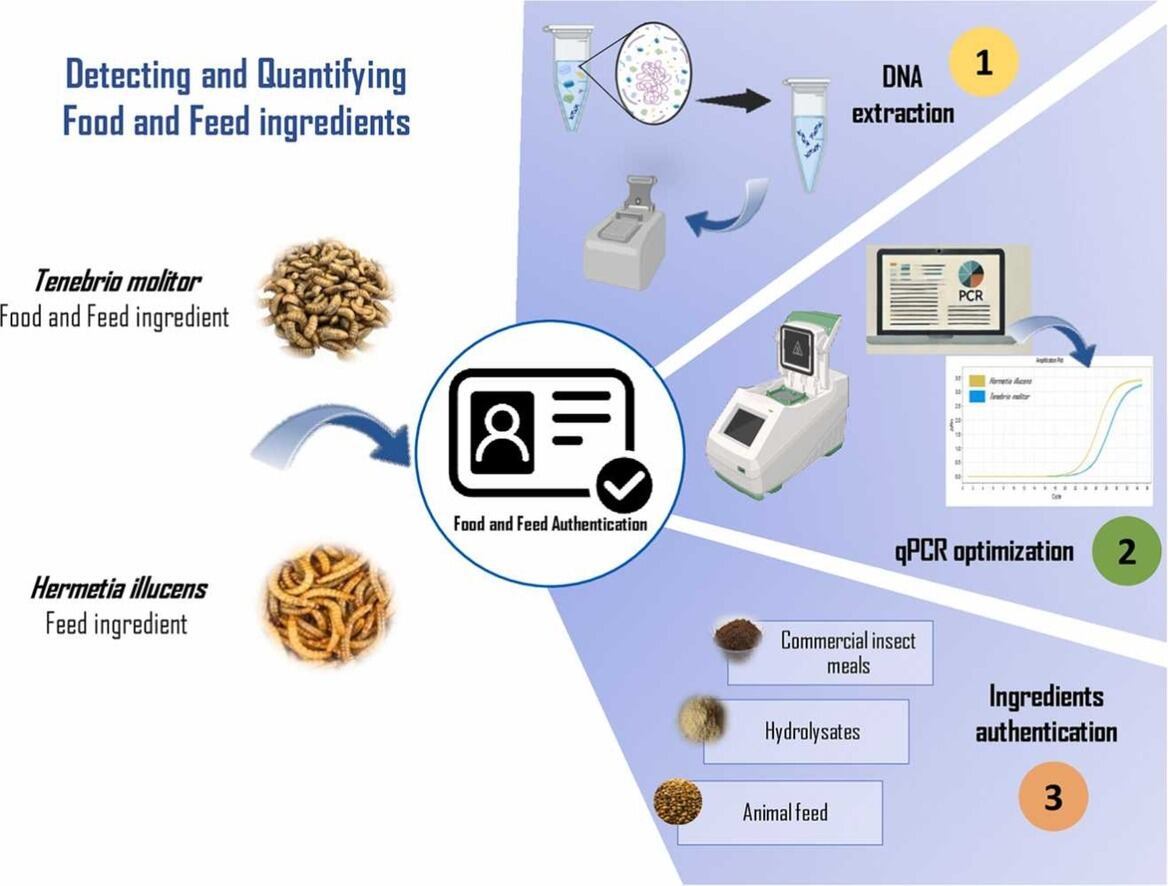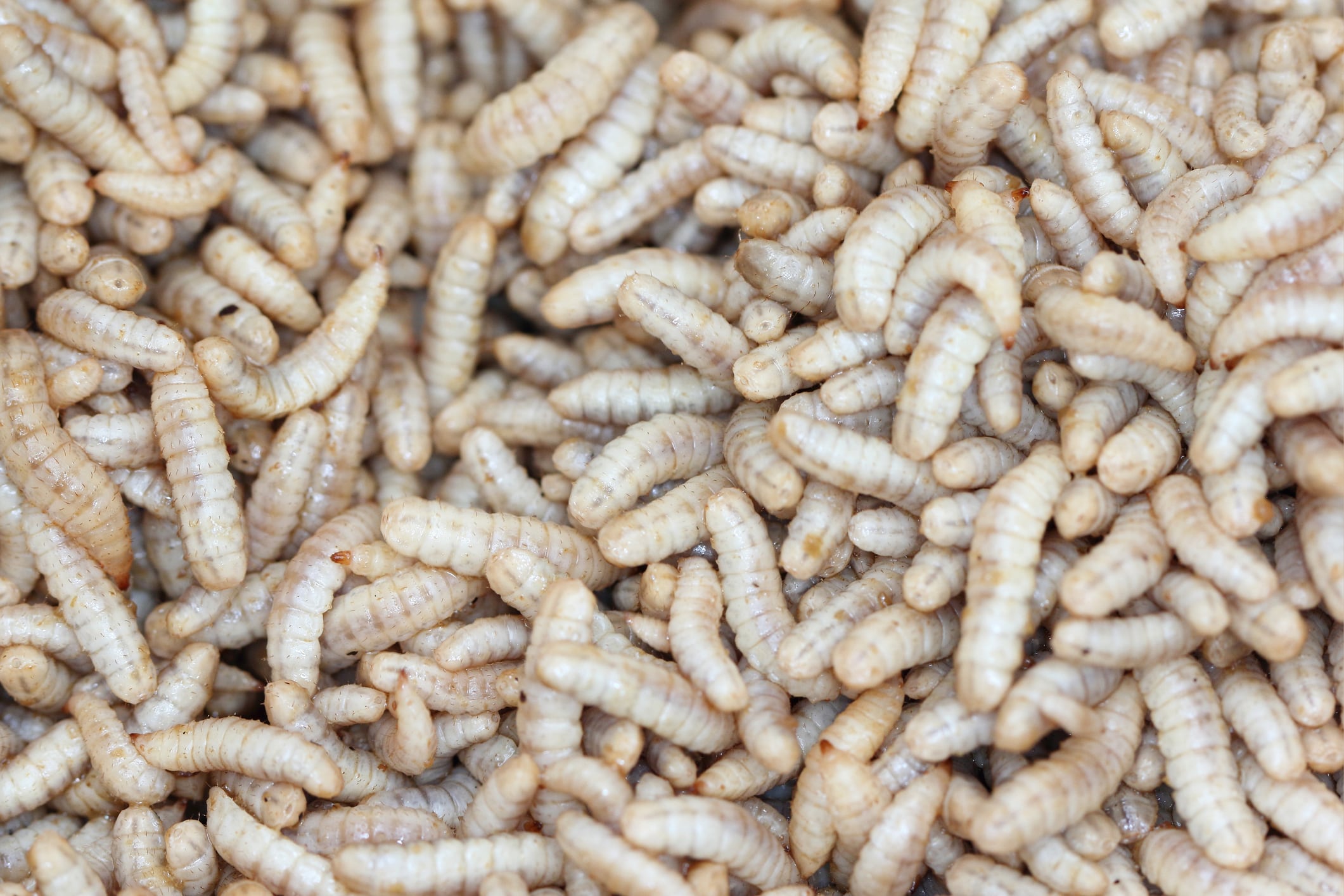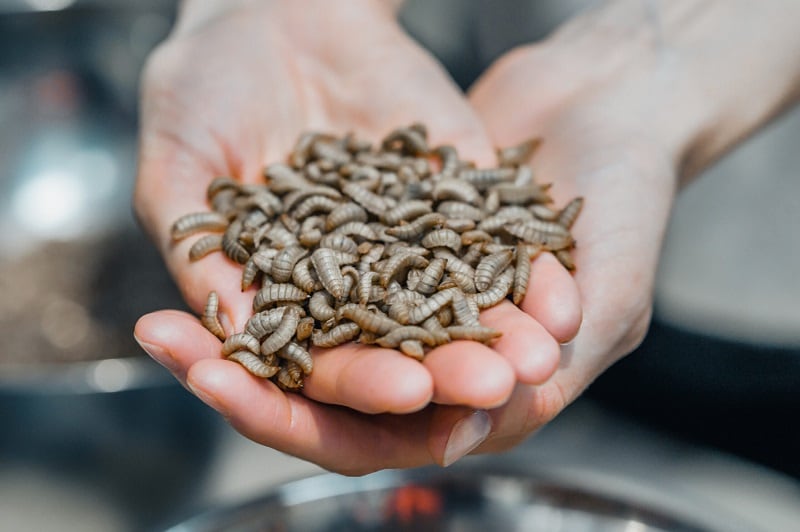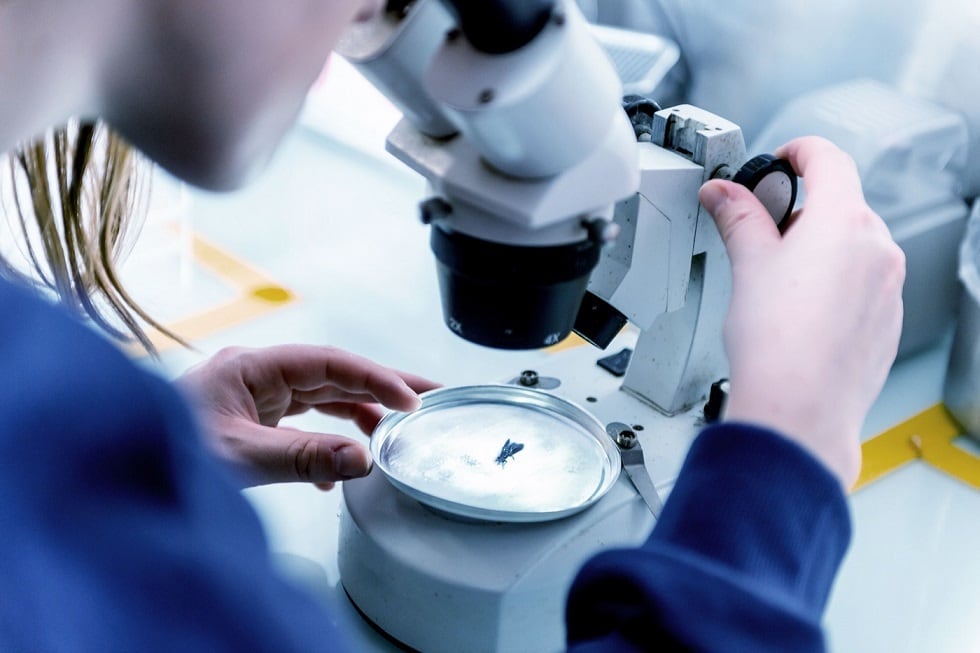Insect-derived ingredients are expected to play a significant role in the circular food economy and the blue bioeconomy model. However, fraudulent mislabeling remains a significant obstacle, making the development of reliable, insect species-specific detection tools a top priority, say the authors of this research.
Their paper outlines an authenticity protocol for precisely identifying Tenebrio molitor (yellow mealworm) and Hermetia illucens (black soldier fly), increasingly important alternative protein sources for inclusion in feed and food.
The study develops and validates efficient qPCR tools to detect these insect species in a wide range of complex matrices, including meals, hydrolysates, and feeds, addressing current analytical deficiencies and upholding product quality and safety standards.
The assays provide a reliable and cost-effective method for verifying the presence of European Food Safety Authority (EFSA)-authorized insect species, ensuring compliance and quality across EU supply chains from production to consumption, confirm the developers.
Building trust
Jude Bliss, marketing director at UK-based insect tech developer, Entocycle, believes that DNA-based authentication of insect-based feed will play an important role in the industry, ensuring safety, quality control, and regulatory compliance.
“Nearly a decade ago, we set out to create a more sustainable and transparent global food system, and this emerging technology represents a significant step toward achieving those goals. It will help guarantee that customers and consumers receive high-quality, low-carbon products that offer excellent value for money.
“We’re excited by the findings of this study and fully support the advancement of technology and legislation that enables DNA-based verification of insect-derived ingredients. This is essential for building trust and confidence among consumers and stakeholders across the industry,” he tells us.
A spokeperson for Dutch insect protein producer, Protix, concurs.
“We find the methodology presented in the study to be a reliable technique for identifying the presence of insect-based products in food and feed. This not only helps protect consumers and producers by ensuring product authenticity but also enhances confidence in the value chain of innovative insect-based foods, contributing to a more sustainable and secure feed and food industry.”
EU approved insect species for use in food and feed
Only four species have been authorized for food (Tenebrio molitor larva, Locusta migratoria, Acheta domesticus, and Alphitobius diaperinus) and eight for feed (Hermetia illucens, Gryllodes sigillatus, Gryllus assimilis, Acheta domesticus, Alphitobius diaperinus, Tenebrio molitor, Musca domestica, and Bombyx mori).
Method
Ensuring the authenticity of insect-based products is a key priority within the EU, particularly with the approval of insects as a novel ingredient (EU Reg 2015/2283), report the authors.
To address these concerns, they developed two species-specific quantitative PCR (qPCR) assays capable of detecting and quantifying T molitor and H illucens in a variety of commercial feed and food products.

The assays demonstrated exceptional sensitivity, detecting DNA concentrations as low as 2 trillionths of a gram per microliter for T. molitor and 0.2 trillionths of a gram per microliter for H. illucens, reads the paper.
According to the developers, the tools also identified insect inclusions as low as 0.24% in aquaculture feed.




